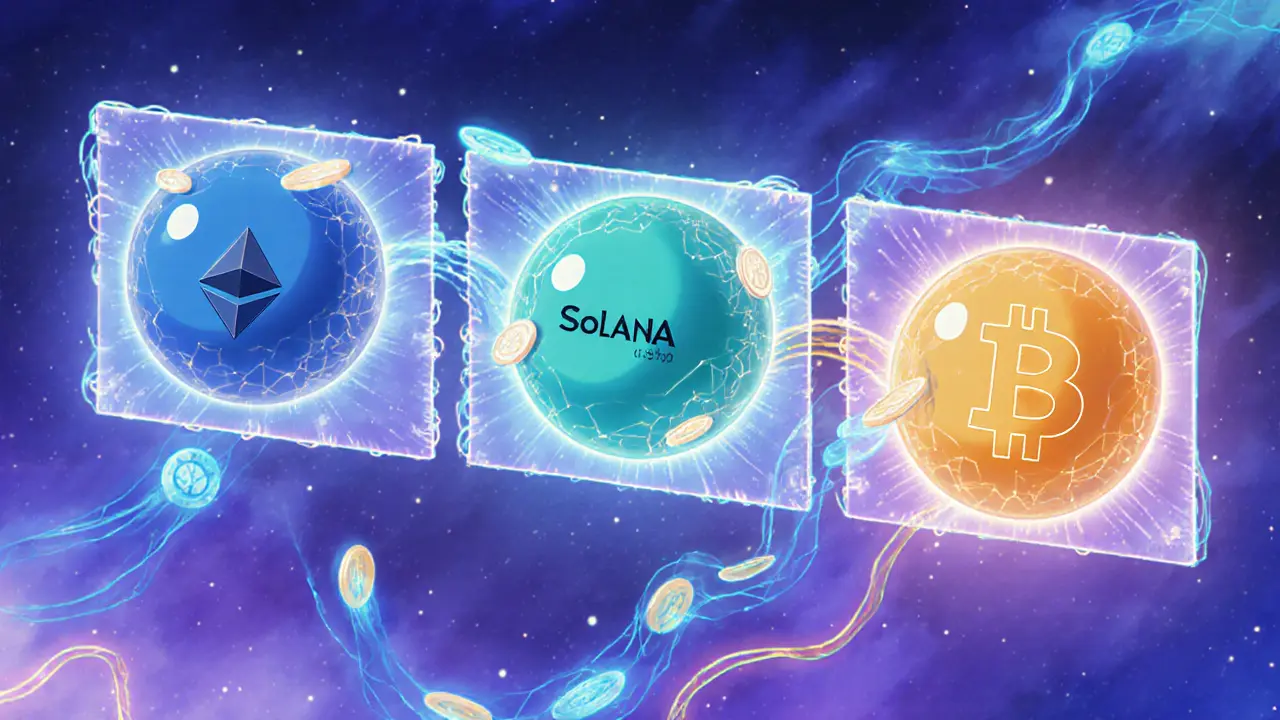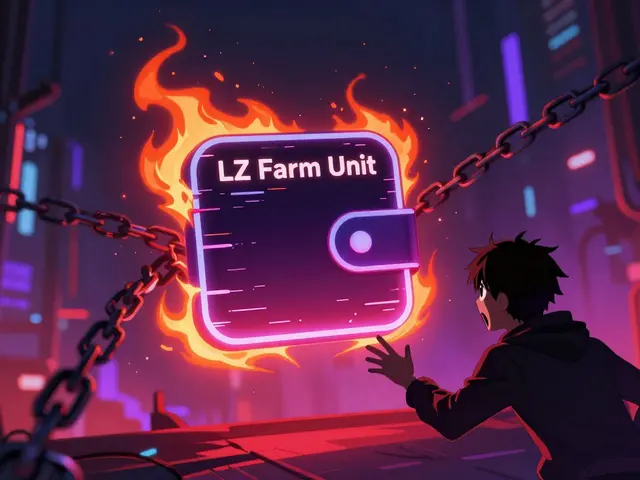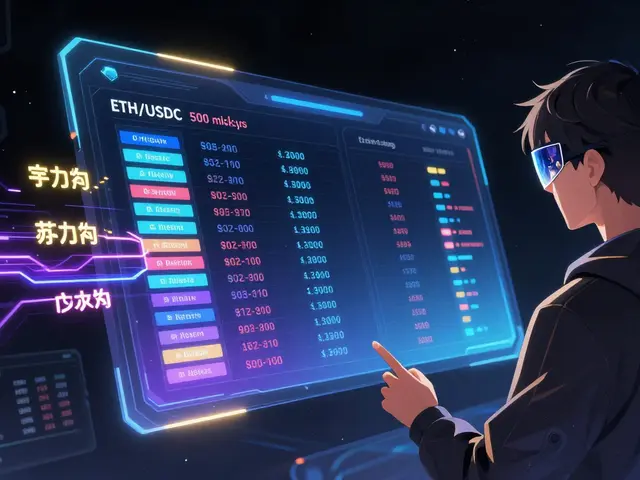Polkadot XCM: How Cross‑Consensus Messaging Powers the Multi‑Chain Future
When working with Polkadot XCM, the Cross‑Consensus Message format that lets different parachains and external blockchains communicate securely. Also known as XCM, it enables fee‑efficient data and asset transfers across the Polkadot ecosystem. A parachain, a specialized chain running parallel to the relay chain can send an XCM packet to another parachain or to a foreign network. The liquid‑staking platform Bifrost (BNC), built on a parachain, uses XCM to route staking rewards across multiple chains illustrates how developers turn a simple message into a powerful bridge. Meanwhile, restaking, re‑using the same staked capital on several protocols relies on XCM to propagate proof of stake without locking assets again. Polkadot XCM therefore sits at the core of today’s multi‑chain DeFi strategies.
Why XCM Matters for Builders and Traders
From a developer’s perspective, XCM is the glue that connects on‑chain logic across heterogeneous environments. It requires a standardized message schema, a reliable fee‑payment method, and a way to verify that the receiving parachain understands the intent. Tools like the XCM Builder library and Polkadot.js extensions simplify packet construction, letting you focus on business logic instead of low‑level encoding. For traders, XCM means arbitrage opportunities that were impossible when each parachain operated in isolation. You can hop from a high‑yield staking pool on Bifrost to a liquidity farm on a different parachain, all within a single transaction, thanks to XCM’s atomic execution. Security is baked in: the relay chain validates every XCM instruction, preventing rogue messages from compromising the network. However, developers must still watch out for message size limits and potential replay attacks, so thorough testing on testnets is a must.
Below you’ll find a curated set of articles that break down XCM’s technical layers, showcase real‑world use cases, and dive into related concepts like parachain communication, Bifrost’s staking model, and the emerging restaking paradigm. Whether you’re just hearing about cross‑consensus messaging or you’re looking to build the next multi‑chain dApp, the posts ahead give you actionable insights, step‑by‑step guides, and the context you need to move forward with confidence.
How Modular Blockchains Achieve Interoperability
Learn how modular blockchains achieve seamless cross‑chain communication, the key components behind interoperability, and what to consider when building or using n‑to‑1 solutions.












